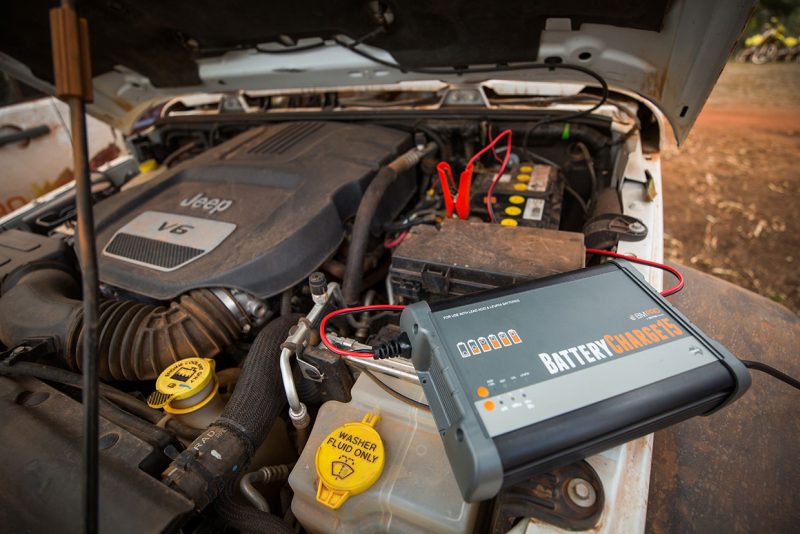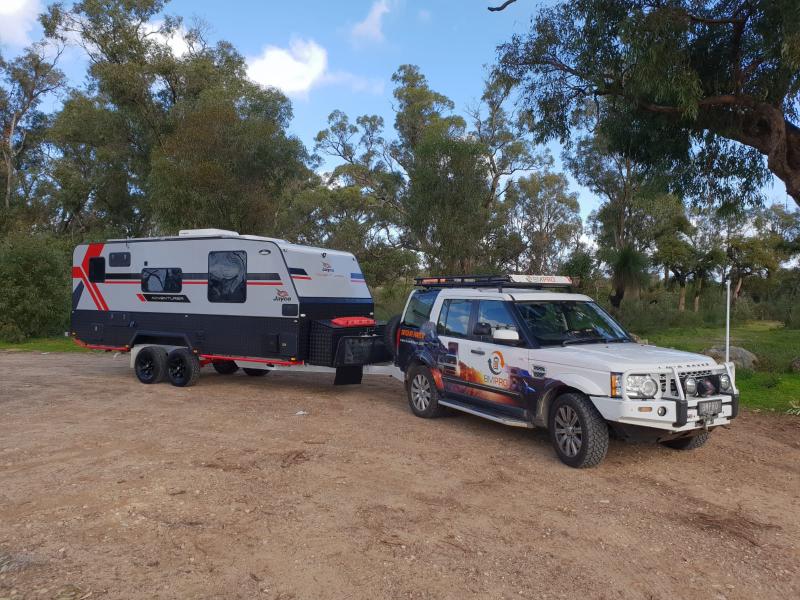12V BATTERY POWER FOR YOUR RV
Reliable power is imperative when you’re free camping. And that’s why the electrical system installed in your caravan, camper trailer or motorhome depends on your individual requirements.
The humble 12V battery is the lifeblood of your RV when you’re away from home, and your power supply, amperage and daily usage are based on your personal circumstances.
When designing your electrical system, due consideration must be given to your travelling destination and the period of time you’ll spend in the RV – even more so if you’re travelling off-grid. The number and size of your batteries, as well as how you will keep them charged, are the main priorities.
WHAT BATTERY SETUP IS RIGHT FOR YOU?
The size and capacity of your RV battery/ batteries is vital, as it helps determine how well your appliances are powered. Thus, your battery selection will also be dictated by the appliances you wish to run – fridge, lights, TV, radio, or even an inverter, etc.
Deep cycle batteries are designed to have lots more power drained from them and are ideal for running things like lights, fridges and fans. But remember, the recommended discharge of a deep cycle battery before recharging is 50 per cent. Taking the battery below this recommendation will dramatically reduce the performance and service life of your 12V battery.
AGM batteries
AGM batteries are lead acid but, unlike in conventional batteries, the electrolyte in them is stored in glass matting between the plates. This means the battery is leak-proof and does not need a vent, hence, it can be stored and used inside your RV. Storing the electrolyte in glass matting gives better conductivity, improved vibration resistance and, therefore, potentially longer battery life. AGM batteries charge up to five times faster than conventional batteries thanks to lower internal resistance.
AGM batteries also require less maintenance and are less prone to sulfation.
Gel batteries
Gel batteries can last even longer than AGM batteries, but they’re very sensitive to voltage fluctuations and, therefore, need a specially designed charger.
Lithium batteries
Finally, an increasing number of manufacturers are now installing lithium batteries as standard in their top-of-the-range vans.
Some of the lithium pros include energy density (making them compact and lightweight); ability of handling high current (can be charged and discharged at a high current rate); and long life (a typical lithium battery could easily survive 2000 charging cycles when it’s discharged 100 per cent – this is five to 10 times longer than lead acid/AGM batteries).
Lithium batteries really come into their own when it comes to the power they can deliver to run larger load appliances like microwaves and coffee machines via an inverter, even when the SOC (State of Charge) percentage is low.
But if you are someone who only goes away for a weekend here and there, have a gas fridge and only run small loads like lights and a TV, and are not worried about tow weight or spend most of your time on powered sites, then AGM would most probably fit your needs.
On the contrary, if you are someone who spends time away from the grid and have larger AC loads (i.e. microwave, coffee machine, etc.), then lithium starts to make sense.
TYPICAL BATTERY SETUP FOR FREE CAMPING
The most common setup of one or two 100-120Ah lead acid batteries will generally allow you to free camp for 1-2 days at a time with just a minimal input from solar. People who have minimal DC equipment and are frugal with their DC consumption find they can free camp for many days when they have an average-sized solar system installed.
However, you may need lithium if you need to reduce weight or have limited space for batteries in your installation; you plan to live off your battery system for more than four weeks a year with infrequent use of mains power; and you want to regularly run a large (1000W-plus) inverter to power a range of domestic appliances away from mains power.
If your power needs are fairly modest, you could probably get away with a single 120Ah deep-cycle battery in conjunction with a roof-mounted solar panel and a good charging system.
However, the voltage of a caravan battery starts dipping with usage, and the lower the voltage, the less the amperage it can offer. At about 30 per cent charge, an AGM battery is typically unable to power most appliances due to low voltage. 12V deep cycle batteries are simply storage devices for power; but they cannot produce or create voltage without receiving a charge from an outside source known as a charger from either a converter, solar panel, or other source. All batteries come with a ‘discharge rate’, which means a heavier usage will take a severe toll on your battery’s performance and capacity.
So it’s extremely important to choose the correct charger for your battery.
CHOOSING THE RIGHT CHARGER
For lead acid batteries, your charger should be multi-stage and, at least, have ‘float mode’, which provides a constant voltage after the battery has been fully charged.
You may also choose to run a DC-DC charger, which can be used while you’re driving. This will boost the voltage up to 14.4V to give your battery the best and fastest charge possible. These chargers are being used more and more in RVs because of their ‘voltage boost’, meaning there is no voltage loss due to the length of cable between the vehicle and the trailer.
Another possible installation is a 240V charger, which can be hardwired and mounted on the rig. Indeed, it is handy to keep the batteries topped up at a caravan park or when the RV is sitting idle under the carport over the winter months.
Power experts BMPRO offer a large range of aftermarket battery chargers, ensuring you can make the most of your portable power supply off the grid.
The BMPRO BatteryCharge range has units ranging from 4-25A, all with adjustable outputs and multiple charging stages designed to maintain and increase your battery’s life and performance. They are compatible with all 12V lead acid (AGM, gel, calcium, wet) and LiFePO4 lithium batteries.
BMPRO also offers the MiniBoost, a compact DC-DC charge-booster for the RV market offering effective charging of your caravan or camper trailer’s house battery from the towing vehicle’s electrical system, even if the voltage delivered from the tow vehicle is lower than required for a recharge.
The MiniBoost provides a two-stage charging profile, delivering an efficient and controlled current until the battery is charged. Designed to function when wired directly to most 12V lead acid batteries, MiniBoost is also supported by BMPRO’s BatteryPlus35 and J35 systems.
Like this Post? Share it!






